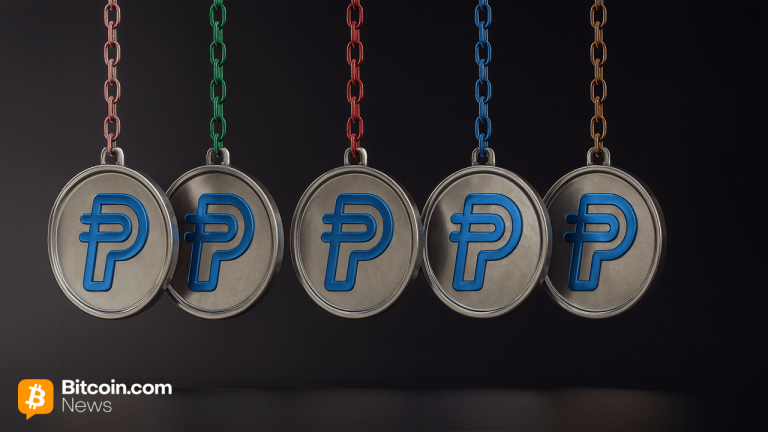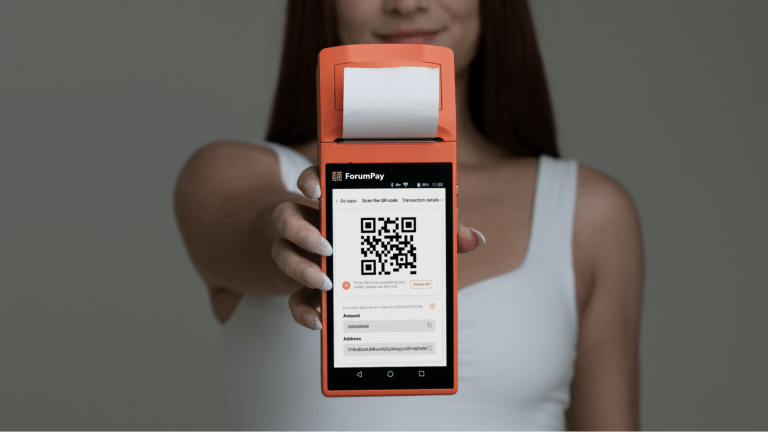How to use a VPN for online security and privacy

Explore how to use a VPN for enhanced online security and privacy using step-by-step instructions.
A Virtual Private Network (VPN) is a technology that establishes a secure and encrypted connection between your device and the internet. It creates a private network over a public network, such as the internet, allowing you to browse the web securely and privately.
A VPN’s increased online security is one of its main benefits. Your internet traffic is rendered unreadable to potential hackers and cybercriminals when encryption is used, keeping your important information safe. Furthermore, VPNs are essential for protecting your privacy. They make it difficult for websites, online services and advertisers to track your online activities or collect personal information by disguising your real internet protocol (IP) address, giving you a new one from the VPN server. This measure protects your browsing history and stops targeted adverts.
Additionally, VPNs enable you to get around geographic restrictions imposed by specific websites or streaming services. You can access content that might be forbidden or restricted in your area by connecting to a server in another nation. This is especially helpful for tourists or people who live in countries with tight internet control. Here’s a step-by-step guide on how to use a VPN:
Choose a reliable VPN provider
Choose a reliable VPN service provider with a proven track record of privacy protection. To select a supplier that meets your needs, do some research and comparison-shopping.
Subscribe and download the VPN client
Sign up for a subscription with your preferred VPN service and download the client. Install the VPN client software on your device after subscribing. Most VPN services provide clients for different operating systems, including Windows, macOS, iOS and Android.
Launch the VPN application
Find the VPN software icon on your device, whether on your desktop, taskbar or in the apps folder, and click on it to launch the VPN application. The software’s primary interface will appear when you double-click the VPN application icon to launch it. You might have to input your login information to access the VPN service, depending on the provider.
Once logged in, you can adjust your settings and preferences to suit your needs. This can entail configuring additional security features or picking a server location from a menu of choices. By selecting the “Connect” or “Start” button after making the required modifications, you can create a secure VPN connection. The VPN software will then establish a connection with the chosen server, encrypting your internet traffic and providing you with online security and privacy.
Why use a VPN? ️
Safeguard your online privacy by encrypting your internet traffic.
Bypass geographic restrictions and access content unavailable in your region.
Protect you from cyber attacks such as phishing scams, malware, and ransomware. #VPN #privacy #security pic.twitter.com/cUeNbyrpDP
— WheelVPN (@WheelVPN) May 11, 2023
Select a server location
You usually have the opportunity to select a server location after checking in. Pick a server from the list of available servers. Your selected location usually impacts internet speed and the websites or services you access. Choose a server location based on your unique requirements, such as getting around geo-restrictions or maximizing speed.
Connect to the VPN server
To connect to your chosen server, click the “Connect” button in the VPN application. Your device and the VPN server will connect in an encrypted and safe manner, thanks to the application.
Verify your connection
The VPN application will display a notification or indicator letting you know you are connected to the VPN server. Additionally, to confirm your IP address, visit a website like “whatismyip.com.”
Customize settings (optional)
Explore the settings within the VPN application to customize your experience. You may find options to enable features like an automatic connection on startup; a kill switch, which terminates your internet connection if the VPN connection drops; or split tunneling, which allows you to route specific traffic outside of the VPN.
Related: What is a supernet, and how does it work?
Use the internet securely and privately
You may now browse the internet, use programs and access online services confidently because your data is encrypted and your online actions are confidential, thanks to the VPN connection. To stop others from seeing your online activities, a VPN hides your IP address and encrypts your internet traffic.
Disconnect or reconnect as needed
To disconnect from the VPN server when it is no longer necessary, click the “Disconnect” option in the VPN application. Simply open the VPN client again and select “Connect” if you need to reconnect.
Keep your VPN software updated
VPN providers frequently release updates to address any security vulnerabilities or weaknesses that may have been discovered. Updating your VPN software ensures you have the latest security patches installed, reducing the risk of unauthorized access to your data or network.
Related: Decentralized network develops solution in support of a free and open internet
Exploring the synergy between VPN and Blockchain
The fusion of blockchain and VPN technology has the potential to provide a potent synergy in the rapidly changing digital ecosystem, where privacy and security concerns are at the forefront. Blockchains are decentralized and immutable ledgers that ensure transparency and trust. In contrast, VPNs give internet users a safe and private connection.
2️⃣ Virtual Private Networks (VPNs): Encrypt your internet traffic and protect your identity with a VPN. It’s crucial when accessing blockchain networks or making transactions, especially on public Wi-Fi.#BlockchainSecurity #CryptoProtection #Cybersecurity #cybersecuritytips
— Crypto Clarity (@CryptoClarity5) May 11, 2023
Users can improve online privacy and security by combining VPN technology with blockchain. While blockchain offers a decentralized network that adds additional protection and immutability, VPNs encrypt internet communication, rendering it unreadable to prying eyes. Through this combination, people can browse the internet safely and anonymously while taking advantage of blockchain technology in a stable environment.
Blockchain-based VPNs can also address issues with transparency and trust. Using blockchain, VPN companies could offer verifiable records and smart contracts, ensuring user privacy and data protection. However, traditional VPN providers may raise concerns about logging practices or data handling.
Additionally, centralized VPN servers may be replaced by the blockchain’s decentralized structure, which lowers the possibility of single points of failure or data breaches. Users have the option of connecting to a distributed network of VPN nodes, guaranteeing that their communication is securely routed across a variety of servers.
However, challenges such as scalability and performance need to be addressed when integrating VPN with blockchain. Blockchain’s consensus mechanisms can introduce latency, affecting VPN connection speeds. Efficient protocols and optimization strategies must be implemented to maintain a seamless user experience.





